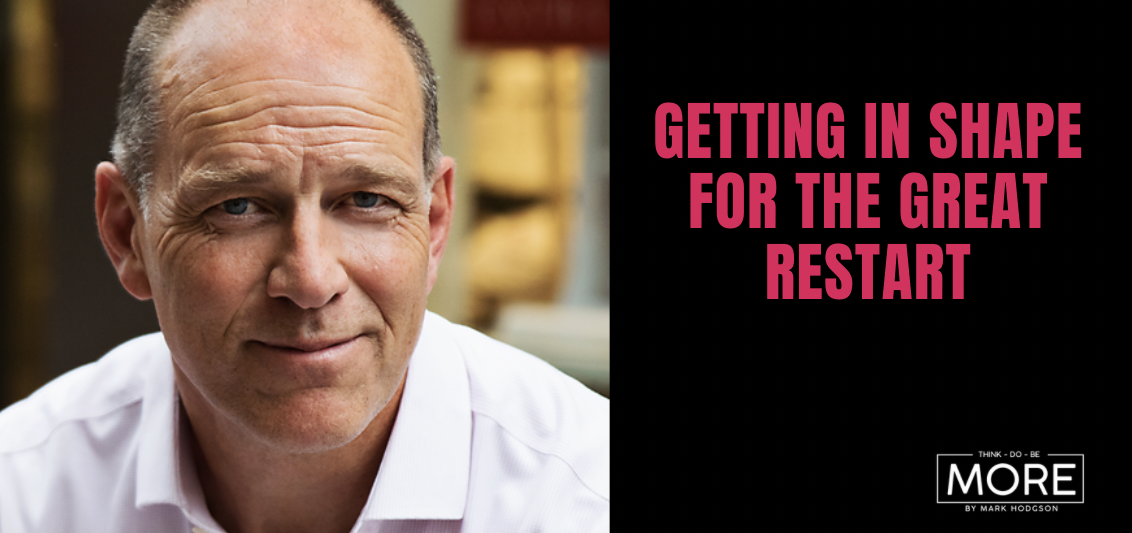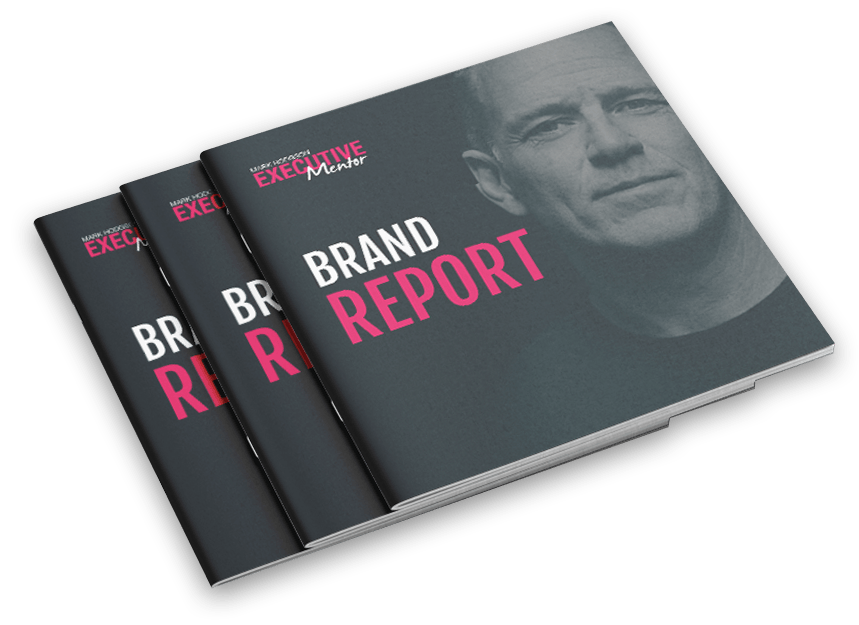I’ve had several almost identical conversations about customer retention in the last few weeks. One was with the head of a global cybersecurity business, another the GM of an Australian SAS provider. Both are finding it increasingly challenging to keep existing customers.
My final conversations were with many people at RETAIN – a conference for the owners of small membership site businesses I attended.
While these businesses are quite different, the trend is the same. In a fast-cycling world, customer Retention is becoming more difficult.
Retention is under-thought
Customer-Retention is key to consistently growing a business, but it generally attracts far less thought and resources than new sales. There is a tendency to think the hard sales work has been done, and smart tech can be used to automate the re-commitment process.
This approach is mistaken. We have to look beyond the tech. We need to AUTOMATE the process but HUMANISE the client experience. Let me explain.
Doing it wrong
I recently received an automated bot-call from Optus. I have an Optus broadband connection, costing around $100 per month. I’ve had it for 10 years. That makes me a $12k loyal customer. The automated call was to encourage me to switch to the new Optus NBN-service.
Now, it’s no secret that the rollout of the NBN in Australia has been shambolic. Over 50 billion dollars has been spent building a service only marginally better than the one it replaces. Horror stories abound about poor speeds, connection nightmares and how 5G is going to make it all redundant.
Understandably I have a few questions. But once I have switched to an NBN supply (as I must at some point), I’m likely to stay for another 10 years. For Optus then this was a $10-15k potential sale and, as the incumbent provider, they were in the driving seat.
That calls for far more than an automated ‘Press 2 to transfer to Optus NBN’ sales approach. I think it even merits more than the time of a live call-centre operator. What about a real human interaction?
If someone had invited me to book a time for an Optus agent (AKA Human Being) to come to my home and talk me through my concerns and options, I think I would not only have said “yes, great”, but would have been very likely to buy the new service.
This is an example of an entirely automated renewal process that takes me, the customer, for granted. It fails to engage or personalise. I felt like a cog in the Optus wheel. Like most humans, I don’t like to feel like that and I certainly ain’t buying!
Doing it right
At the RETAIN Conference for membership site owners, I spent two days learning about how to think differently about Retention.
Membership sites are places we go to learn, to join a community and to access services and resources. You probably belong to several typically costing from $9 to $99 per month. The model is compelling. Create an offering, make it accessible online and then scale.
Once you have established a viable membership product, the key to steadily growing it (as opposed to forever churning as you win new customers, but lose old ones), is to obsess on Retention.
My key takeaway was that the smart players AUTOMATE their processes, but HUMANISE the customer experience. Doing this well means each member is made to feel valued through genuine and thoughtful human interaction and is more likely to hang around as a member (and customer).
5 Keys to doing Retention well
Personalise
When new members buy (through an automated, efficient process), welcome them with a personalised phone call or bespoke video message.
Surprise and delight
Periodically go the extra mile to surprise and delight your existing customers. E.g. send them a book you know they’ll enjoy (from the data you have on their habits). Invite them to a meal or event for free. Call them out or promote them to other people in the community.
Bring people together
Most membership sites will eventually exhaust the value they create for clients through content. The best ones build such a great community that members chose to stick around anyway.
Use data to anticipate problems and intervene early
There are typically many leading indicators that a client is not happy within a membership. Interaction reduces, learning progression stalls and time spent on the site drops off. By monitoring these metrics and responding with a proactive and authentic HUMAN interaction such as voice call or a personalised (NOT templated) email it’s possible to understand what is really going on.
This analysis provides an early opportunity to re-engage the customer. Some generosity (maybe a free training session or payment holiday) can go a long way in not only ensuring the customer is retained, but also that they have a great customer experience story to share.
See the human behind the data
Generally, the best way to retain clients is to take the time and effort look beyond the data and think about the person, what they might be feeling and thinking and how we can help them.
Big business can learn from this
As I noted, the RETAIN conference was for small and micro-businesses, but their thinking is far ahead of what we are seeing from larger organisations. Most of these principles are scalable. There really is no reason for larger businesses not to employ the same approaches.
Imagine how you’d feel if:
- Telstra called you out-of-the-blue. Thanked you for being a 5-year customer and hooked you into a $100 meal experience at a restaurant of your choice.
- Energy Australia sent you a note saying. “Thanks for being a loyal customer. As Christmas is a costly time of year, we’d love to help by giving you a 50% discount on your December bill”
- Every few months Foxtel posted you a great book (note an e-book) on your favourite sport or hobby (that they discerned from your viewing data).
- Someone from any business you regularly spend with called you up, without agenda, just to check-in, find out how you are and if there is anything they can do to help.
The reality? NO ONE DOES THIS. But why?
Time to rethink your retention focus?
It’s easy to fall into the traps of leaving everything to technology or thinking that our organisation is too big to personalise its customer interactions. But, as customers ourselves, we are increasingly ignoring the deluge of auto-generated templated emails and texts that we receive. We know that they are automated. We know we are being sold to or manipulated. We reject this at a human level and, as customers, become increasingly difficult to reach.
There’s no reason that all business can’t replicate the ideas from the ‘small guys’ (many of which are highly profitable with consistent and growing revenues). They usually have the data. What is required is a shift in understanding.
Doing the right thing pays …
You see, far from being expensive, inefficient and unpredictable – adopting a more human, generous and proactive approach to customer retention can actually make you more money!




